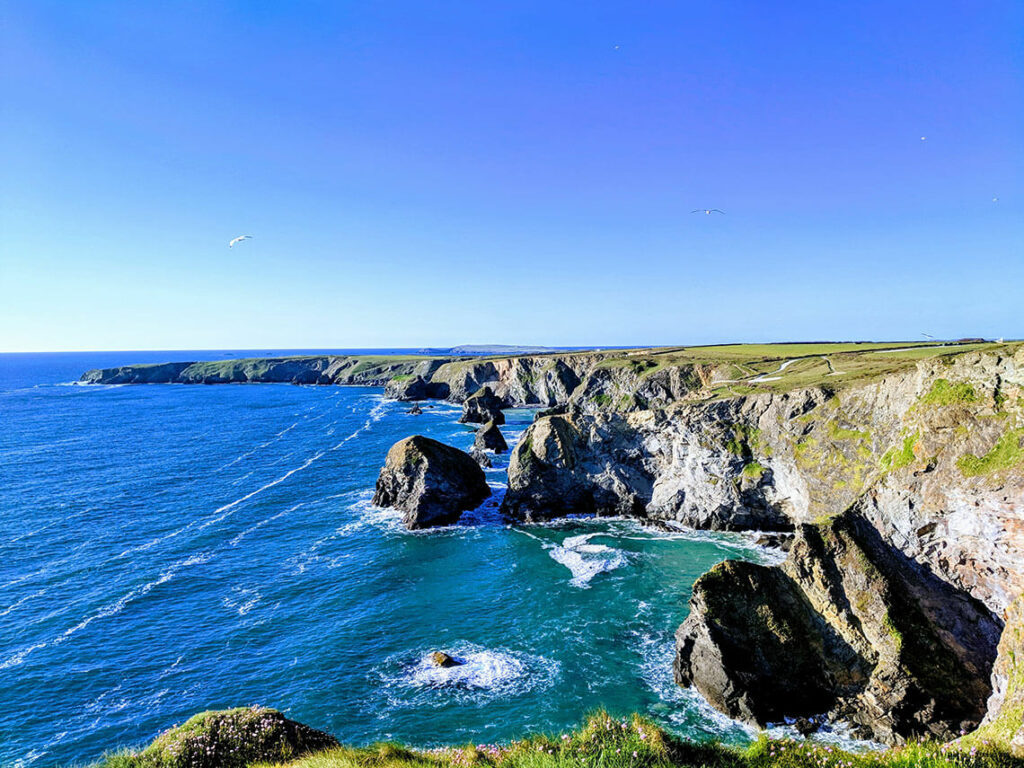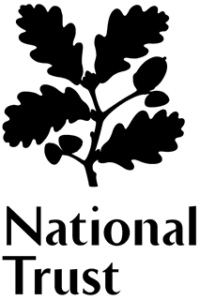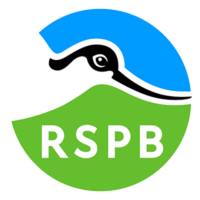Project team
Why it matters
The One Coast project’s original aim was to articulate the economic context and delivery mechanisms for a continuous, accessible, and nature-rich corridor around the South West (SW) coast for the benefit of nature and people. The coastal corridor is defined as the continual strip of land stretching from Mean High Water to 1km inland around the entire SW coast – all 630 miles.
The SW coastal area’s natural beauty and wildlife are core to its essence and value. Visitors come to see the wealth of historic, artistic and cultural heritage and to spend time in nature. The SW Coast Path is one of the region’s principal tourist attractions. Used by more than 8.9 million people per year, it brings an estimated £520M per year to the local economy, supports over 10,400 jobs (full-time equivalent) and the health and wellbeing benefits of walking on path are valued at over £75M per year.
Originally intended as a joint initiative between the National Trust and RSPB, the RSPB shifted priorities before the Covid 2019 pandemic and, whilst they remain supportive, the ambition for a wider, wilder coastline is now being taken forward by the National Trust, with other organisations, such as the South West Coast Path Association, promoting the same concept.
Anticipated benefits included new direct and indirect employment, leveraged public grants and other investments, and to inform and shape nature recovery and Environmental Land Management Schemes (ELMS) on the SW coast.
In 2022, the NT’s work remains focused on a series of strategic ambitions, including restoring the natural environment, making at least half of its farmed land “nature friendly” by 2025, creating 25,000 ha of priority habitat by 2025, and improving the quality of existing nature sites on its land.2 The National Trust also has a commitment to making its sites better for people who need support to access them, working through partnerships and testing new approaches.
The current focus for One Coast project lies within Cornwall, home to over half (330 miles) of the South West’s coast path.

Partners
As we emerge from the pandemic and explore significant opportunities to deliver nature’s recovery in Cornwall, and new financing models for delivery across the county, the NT team believe there will be other opportunities to share the SWEEP outcomes, for example, with the team developing the Cornwall Habitat Bank as a Natural Environment Investment Readiness Fund project.
Sarah O’Brien, National Trust
What we did
The following resources were developed providing a wide range of information and data that could be drawn upon to realise the One Coast ambition.
- One Coast Evidence Base: An Environmental and Economic Review of the Cornish Coastal Corridor – This review provides a catalogue of information for project partners on a range of environmental, socio-demographic and economic aspects of the Cornish coastal corridor.
- Financing One Coast: A review of possible finance mechanisms for the One Coast Project – This review highlights the range of possible relevant finance mechanisms which could be used to help fund the One Coast project, ranging from traditional grants to philanthropic sources of finance. A series of recommended or priority investments for project partners are provided.
- A suite of environmental datasets and ecosystem services GIS maps: linked to the One Coast project.
Impacts & benefits
SWEEP work is supporting the Natiional Trust commitment to play it’s part in working in partnership to restore a healthy, beautiful natural environment. It also identifies opportunities in two cross-cutting priority areas where the NT is seeking to make a step change: (1) better reflecting the changing communities they serve (Everyone Welcome); and (2) becoming net zero carbon as an organisation by 2030 (Climate Action).
SWEEP work has delivered the following impacts:
- Informed NT thinking on development of the Cornish and wider South West Coastal Corridor – SWEEP outputs were used by the National Trust to produce an Advocacy Document which was shared in 2019 with NT staff – coastal managers and national coast policy leads – and the Cornwall Local Nature Partnership Board (LNP). (see Figure 1 National Trust advocacy slide setting out the ambition for Coastal corridor economy).
- Underpinning NT strategic vision for the South West coast – The NT has committed to develop and implement its next-stage vision for the South West coast in its 2022-2025 Plan, which sets out how the region is moving from pandemic recovery and renewal, back to delivery.
- 3. Supporting future NT funding applications – including expression of Interests submitted to the Cornwall Local Nature Partnership, which is building a pipeline of projects to put forward to the UK government’s new Shared Prosperity Fund and other funds.
Looking to the future
The National Trust continues to make the case for a wide coast and marine corridor, as a key opportunity for nature’s recovery in Cornwall and the South West. They are keen to work with partners to develop funding packages and proposals in partnership with farmers and landowners for landscape-scale coastal conservation areas, for example, as part of the next stage of ELM delivery (Landscape Recovery Schemes).
Through its ongoing partnership with the South West Coast Path Association, NT will be exploring how the Coastal Margin designated as part of the England Coast Path process, can be incorporated into a Wild Belt along the coast
SW Coast Path Association quote “Our challenge is to see if we can direct biodiversity net-gain and progressive agri-environment schemes to help us get maximum benefit from the Coastal Margin and mitigate against the worst impacts of climate change.” A wild belt to protect the coast – The South West Coast Path.




